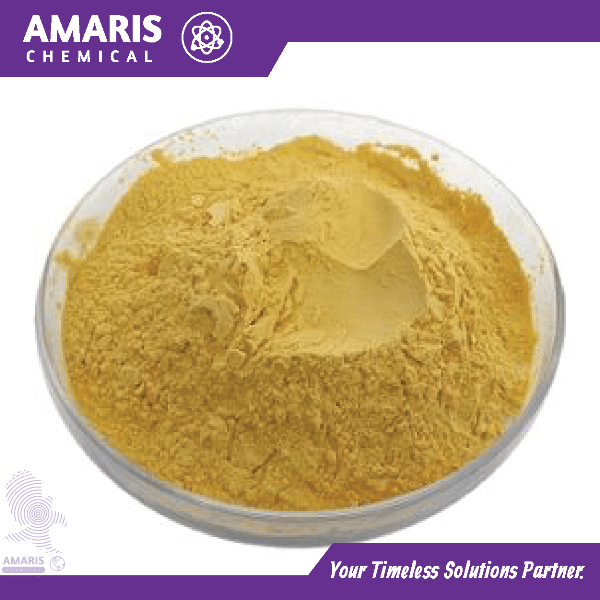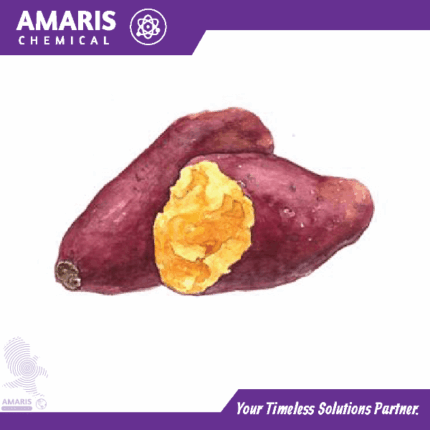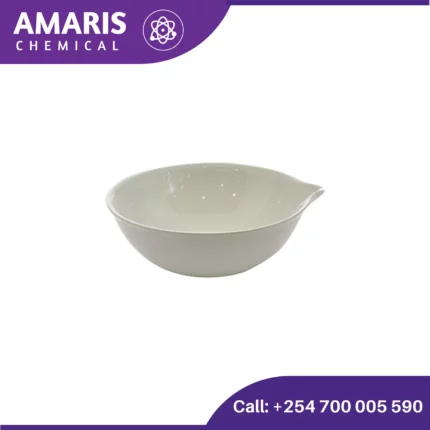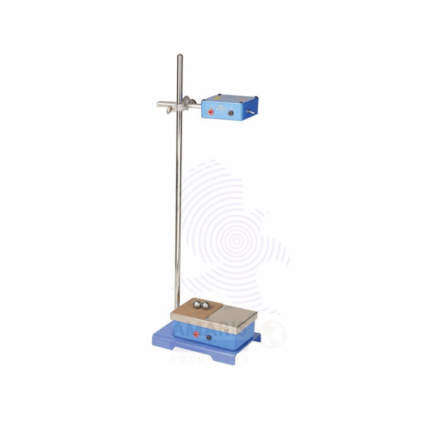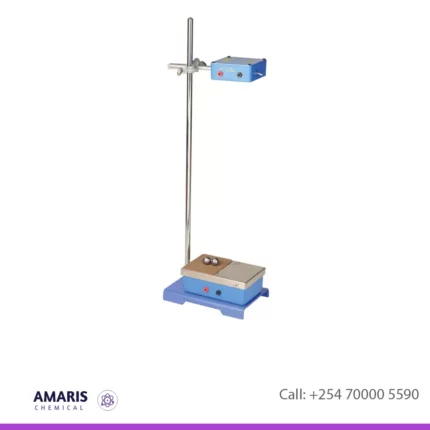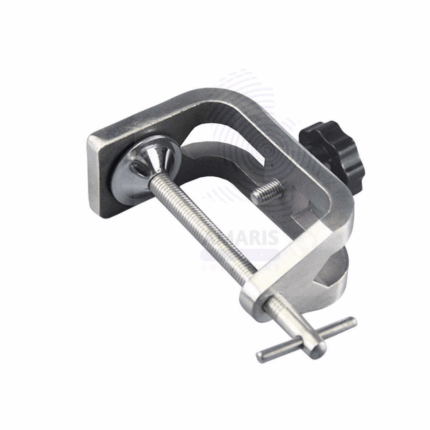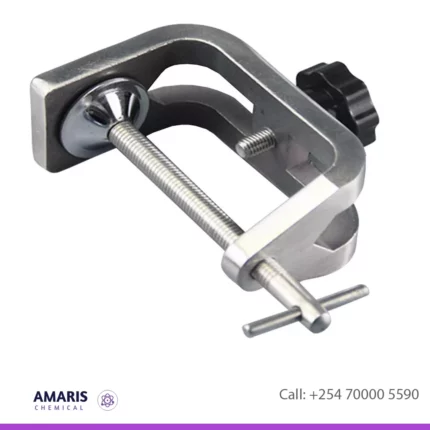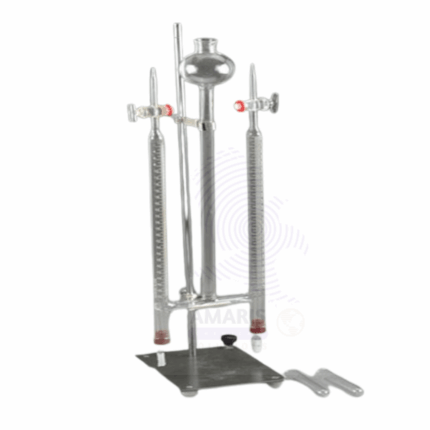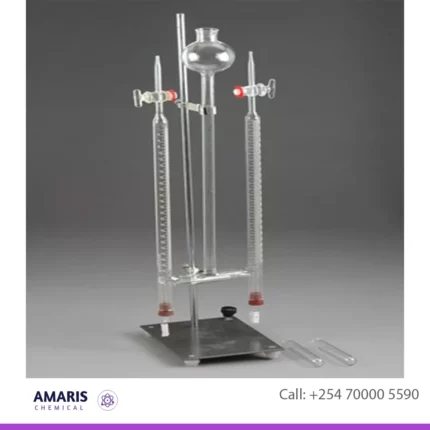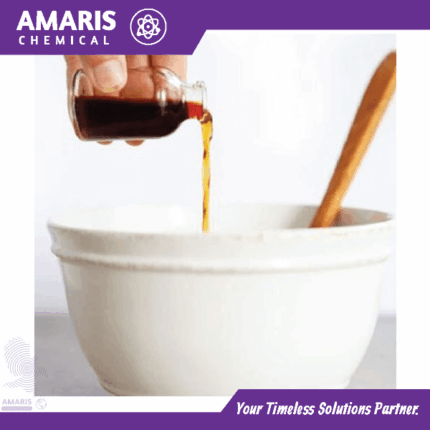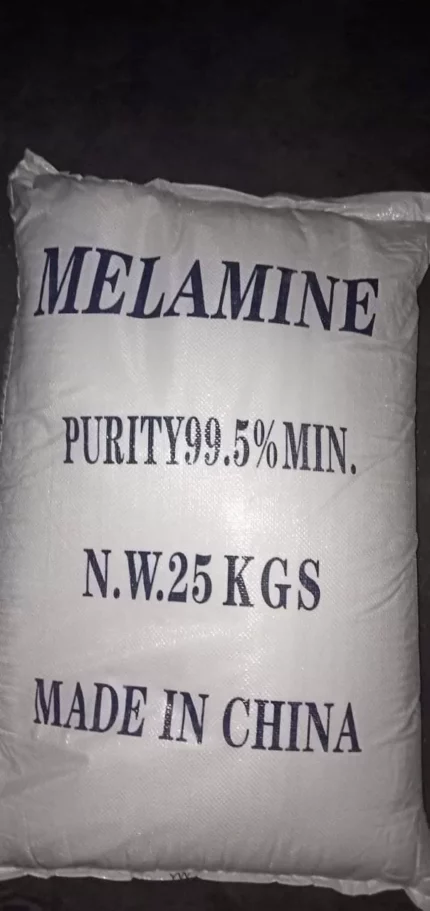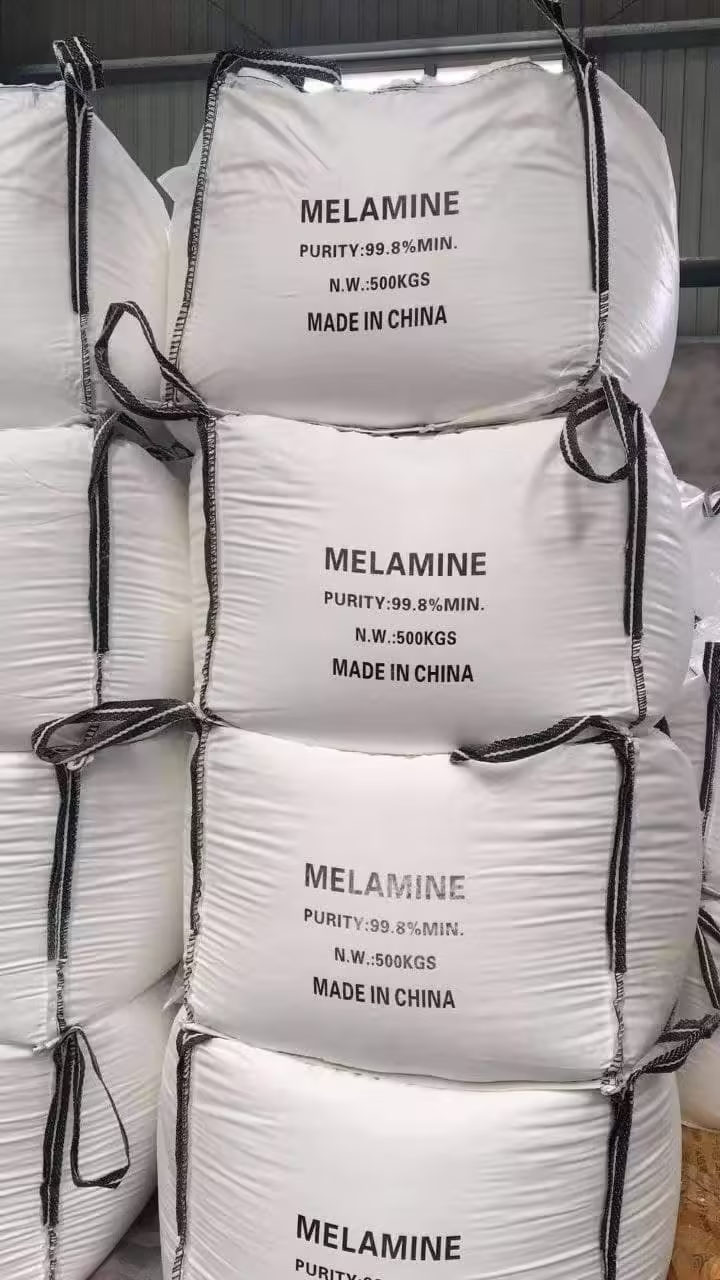“Liquid strawberry flavor food grade” has been added to your cart. View cart
Xylanase baking enzymes
KSh0.01
Shipping & Delivery
Related products
Free Fall Apparatus
KSh0.01
A free fall apparatus, often used in physics experiments, is a device designed to study the motion of an object falling freely under the influence of gravity alone, without any significant air resistance. It typically consists of a tall vertical track along which objects can fall, with sensors and timers to measure various aspects of the falling object's motion, such as its velocity, acceleration, and time of descent.
One common type of free fall apparatus is a simple setup involving a vertical tube or rail along which a small object, such as a ball or a feather, can fall. Sensors at the top and bottom of the tube detect the passage of the object and measure the time it takes to fall. By analyzing the data collected from these sensors, physicists can calculate the object's acceleration due to gravity and verify the principles of motion described by Newton's laws.
More sophisticated free fall apparatus may incorporate additional features, such as electromagnets to release the falling object at precise moments, or vacuum chambers to reduce air resistance and create conditions closer to true free fall. These setups enable researchers to conduct more precise experiments and explore the effects of factors like air resistance on falling objects.
G-Clamp
G-clamp, also known as C-clamp, are commonly used in laboratories for various purposes. Here are a few ways they might be utilized:
- Holding Apparatus: In experiments where stability is crucial, G-clamps are used to secure laboratory apparatus to benches or tables. This ensures that the equipment remains in place during experiments, minimizing the risk of accidents.
- Securing Glassware: When conducting experiments involving glassware like beakers, flasks, or test tubes, G-clamps can be used to secure them to a stand or support rod. This prevents the glassware from tipping over or falling during the experiment.
- Supporting Heavy Objects: In situations where heavy objects need to be held in place temporarily, G-clamps provide a sturdy grip. This could be useful when setting up equipment or securing heavy components during an experiment.
- Fixing Materials for Cutting or Drilling: G-clamps are handy for securing materials like wood or metal in place while they are being cut, drilled, or manipulated in some other way. This ensures precision and safety during such tasks.
- Custom Setup: Sometimes, experiments require customized setups that aren't readily available with standard laboratory equipment. G-clamps allow researchers to create temporary fixtures or arrangements tailored to their specific experimental needs.
Hoffman Voltameter
Hoffman voltameter is a laboratory apparatus used for the electrolysis of water (H2O) into its constituent gases, hydrogen (H2) and oxygen (O2). It consists of a glass container filled with water, inverted over two electrodes, typically made of platinum or another inert material, immersed in an electrolyte solution (usually dilute sulfuric acid).
When an electric current is passed through the electrodes, water molecules are dissociated into hydrogen ions (H+) and hydroxide ions (OH-) at the cathode (negative electrode) and anode (positive electrode) respectively. The hydrogen ions migrate towards the cathode and are reduced to hydrogen gas (H2), while the hydroxide ions migrate towards the anode and are oxidized to oxygen gas (O2).
The gases produced collect in the two arms of the apparatus, with hydrogen forming at the cathode and oxygen at the anode. The Hoffman voltameter allows for the collection and measurement of these gases, demonstrating the stoichiometry of water electrolysis, where two moles of hydrogen are produced for every mole of oxygen. This apparatus is commonly used in educational settings to illustrate the principles of electrolysis and the composition of water.
Liquid Vanilla flavor food grade
Melamine 25kg
Melamine is a nitrogen-based compound used by many manufacturers to create a number of products, especially plastic dishware. It's also used in: utensils. countertops. plastic products.
It is approved for use in the manufacturing of some cooking utensils, plates, plastic products, paper, paperboard, and industrial coatings, among other things.

